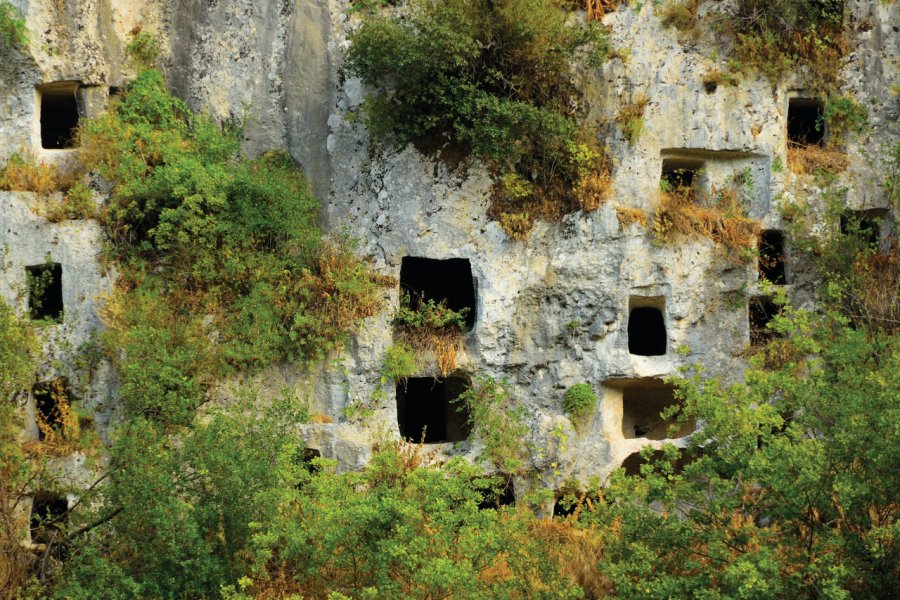Travel Guide Pantalica
Find an accommodation
Advertising
We come to Pantalica to see the largest necropolis in the Mediterranean basin! It predates the Greek colonization of Sicily, carried out by the natives, and has more than 5,000 tombs dug into the rock face in a multitude of small artificial caves that make it look like an enormous beehive It is assumed that the digging of the rock was carried out by workers suspended from ropes from the top of the walls, since there is no direct access. The tombs in the north date from the first Bronze Age (13th-11th century BC), while those in the south date from the third (9th-8th century BC). The only evidence of non-rock construction of the ensemble is given by the remains of the Anak- stron, located on the southern slope of the high plateau, probably a fortified royal palace that must have been part of a monumental ensemble. It was built with large blocks one on top of the other in the Mycenaean style Some of the larger tombs, the cameroni, were later transformed into dwellings during the Byzantine period, as there are two small Byzantine churches with remains of frescoes painted on the stone walls. Of the 5,000 tombs, only a few hundred have been found intact with bones and objects inside. Most of these finds are in the Paolo Orsi Museum, the one that discovered the site at the very beginning of the 20th century
Suggested addresses Pantalica
Weather at the moment
Advertising
Organize your trip with our partners Pantalica
Transportation
Book your plane tickets
Car Rental
Boat rental
Accommodation & stays
Find a hotel
Holiday rental
Find your campsite
Tailor-made trip
Immersion travel
Services / On site
Activities & visits
Find a doctor




